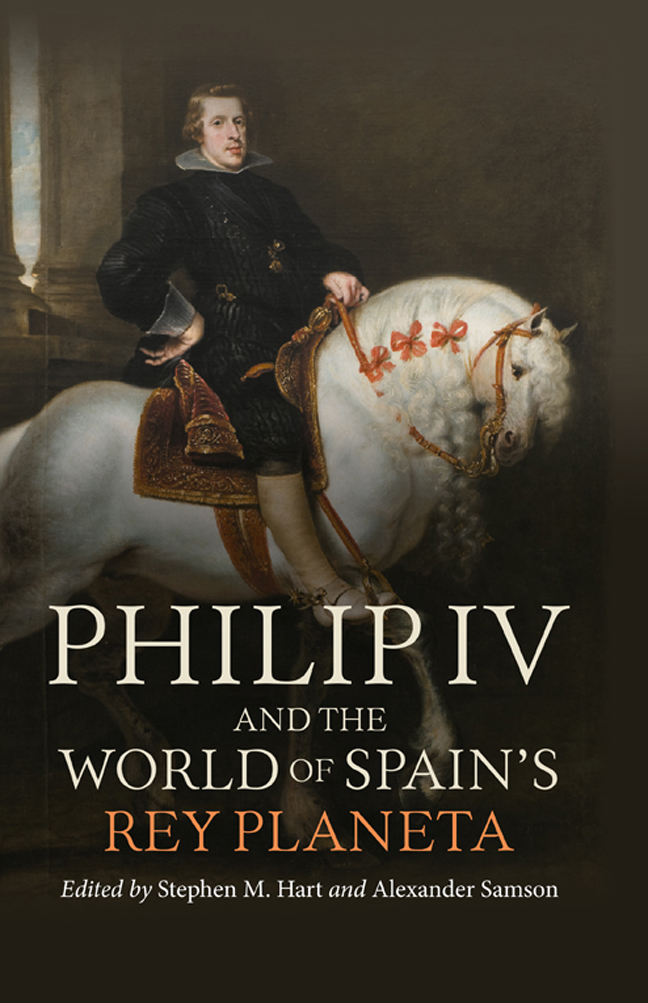9 - Heroic Virtue: The Cardinal Infante Don Ferdinand of Austria, in Hunting Dress, Prince of the Celestial Habsburg Army
Published online by Cambridge University Press: 15 February 2024
Summary
When visiting the Velázquez room in El Prado, most visitors swarm around Philip IV's Family, known as Las Meninas, painted in 1656. The equestrian pictures of the kings and queens from the Hall of Realms of the Buen Retiro Palace seem less interesting. Certainly, the one picture to which nobody pays any attention is that of Philip IV's brother, painted by Velázquez around 1632–34, The Cardinal Infante Don Ferdinand of Austria, in Hunting Dress (El cardenal-infante Fernando de Austria, cazador). In order to rectify this lack of interest in other members of Philip IV's family, this chapter focuses on the person of Don Ferdinand of Austria and aims to offer a fresh interpretation of this painting. I shall highlight the cultural importance of the canvas within the context of the political and historical background of the Spanish Monarchy in the seventeenth century and hope to show that The Cardinal- Infant Ferdinand of Austria, in Hunting Dress is not simply a portrait of Philip IV's brother after a hunting day. Velázquez filled the canvas with a highly symbolic iconography. My intention is not to carry out a specifically iconographic study of the painting but, rather, to show how Velázquez captured the concept of military and moral success in his painting and recreated that idea within the image of the hunt. I shall therefore base my analysis on the painting's cultural history; as a result of this perspective, we will be able to explore the cultural associations conjured up in the viewer's mind by the symbolic iconography of Velázquez's masterpiece.
Ferdinand of Austria and Styria was born on 9 May 1609, at the Royal Monastery of San Lorenzo del Escorial. His godparents were his older brother, Philip Domingo, the future King Philip IV, and his sister Ana Mauricia, future queen of France. Ferdinand was appointed Archbishop of Toledo on 11 March 1619 and received the Cardinalate on 29 July of the same year; by the age of eleven he was being addressed as Cardinal Infante. His appointment as Cardinal Infante had not been an easy task; in fact it was a triumph engineered by King Philip III and his confessor Father Aliaga, who outmanoeuvred the Duke of Lerma.
- Type
- Chapter
- Information
- Philip IV and the World of Spain's Rey Planeta , pp. 192 - 209Publisher: Boydell & BrewerPrint publication year: 2023



